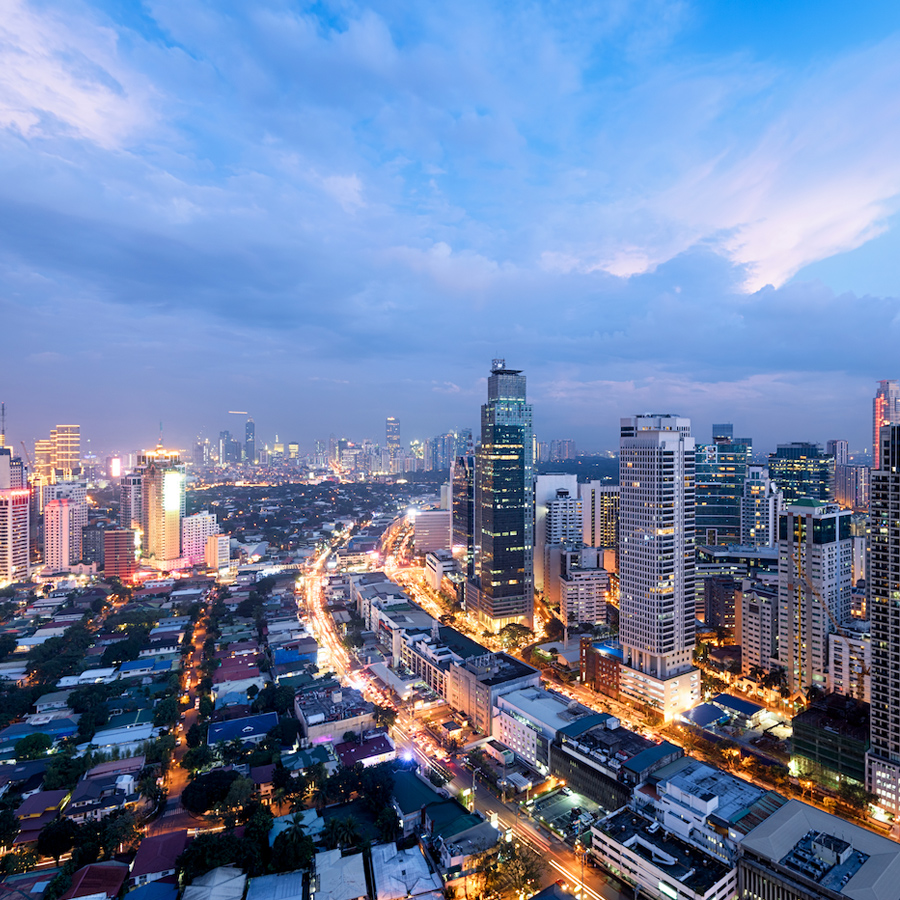The Philippines has a close historic relationship with the USA, based on strong historical and cultural linkages and shared democratic values, with the historic 1951 U.S.-Philippines Mutual Defense Treaty providing a strong foundation for this robust partnership. American companies are currently exploring over $1 billion in investments in the Philippines, spanning areas like solar energy, electric vehicles, and digitization. This is a clear sign of opportunities for stronger bilateral ties and more American investment.
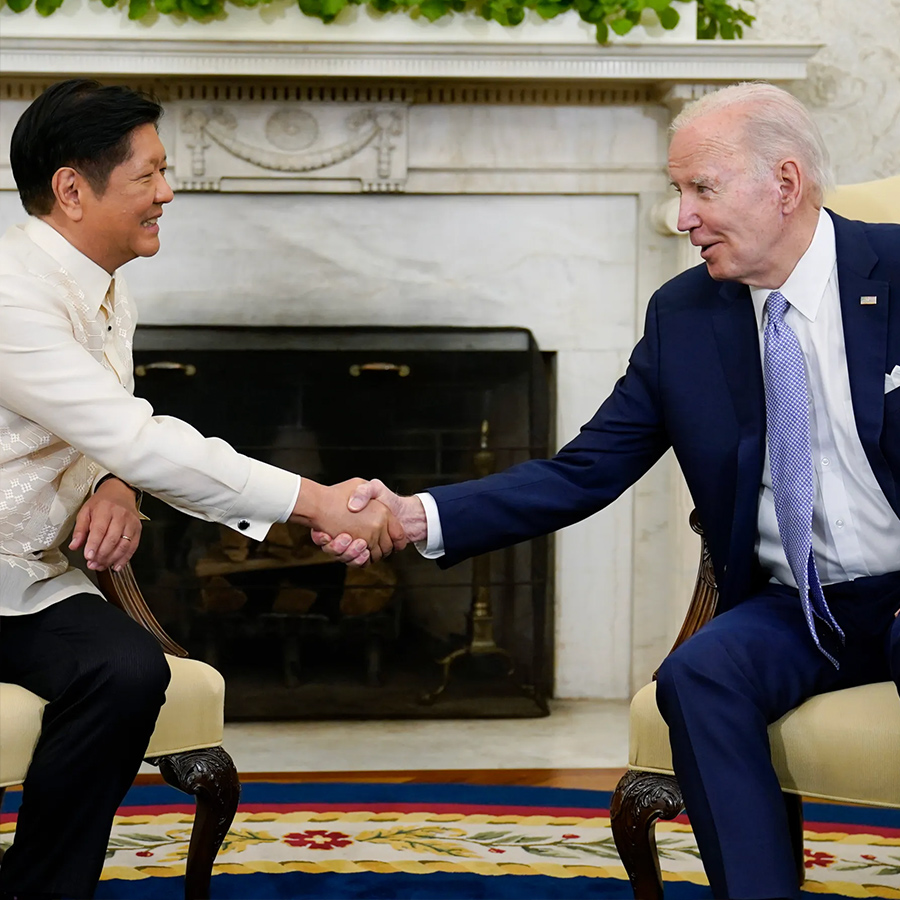
Strategic Partnership with USA
Having turned away from the US under President Duterte, the Philippines and the US now have much warmer relations under President Marcos. The most significant aspect of this is the granting of access to four new military bases in the Philippines, giving Washington a circle around Beijing in the South China Sea and a base only around 200 miles from Taiwan, where around 200,000 Philippine citizens live and work.. The US already had five bases on the islands.
A Joint-Vision Statement, published during the U.S.-Philippines Bilateral Strategic Dialogue in 2021, pledged to implement infrastructure projects at current Enhanced Defense Cooperation Agreement locations. October 2022 saw the US announce $100 million in additional financing for the Philippines. The countries have sped up construction plans at the existing sites, particularly Basa Air Base and Fort Magsaysay in Luzon, and this is set to expand even further if The Pentagon gets its budget request for 2025 which includes $128 million for 36 projects at EDCA locations.
Vibrant Investment Landscape
The Philippines has long been known as an outsourcing destination, particularly for companies in the US. But the Southeast Asian country is fast proving that it’s much more than that. Its workforce is young, with a median age of 26, well-educated and extensive with over 110 million people. President Marcos announced in 2022 he wants the country to be classified as upper-middle income by 2024.
The country is particularly strong in electronics manufacturing and has large resources of chromite, nickel and copper making it attractive for electronics and electric cars. Foreign investors can own 100% of their ventures in certain industries, including telecoms, airports, seaports, rail and renewable energy projects. This has stirred a lot of interest from traditional investors such as the US and in March 2024 it was announced American companies are planning investments amounting to more than $1 billion from companies including Google, Microsoft, Visa and United Airlines. The investments will span areas like solar energy, electric vehicles and digitization.
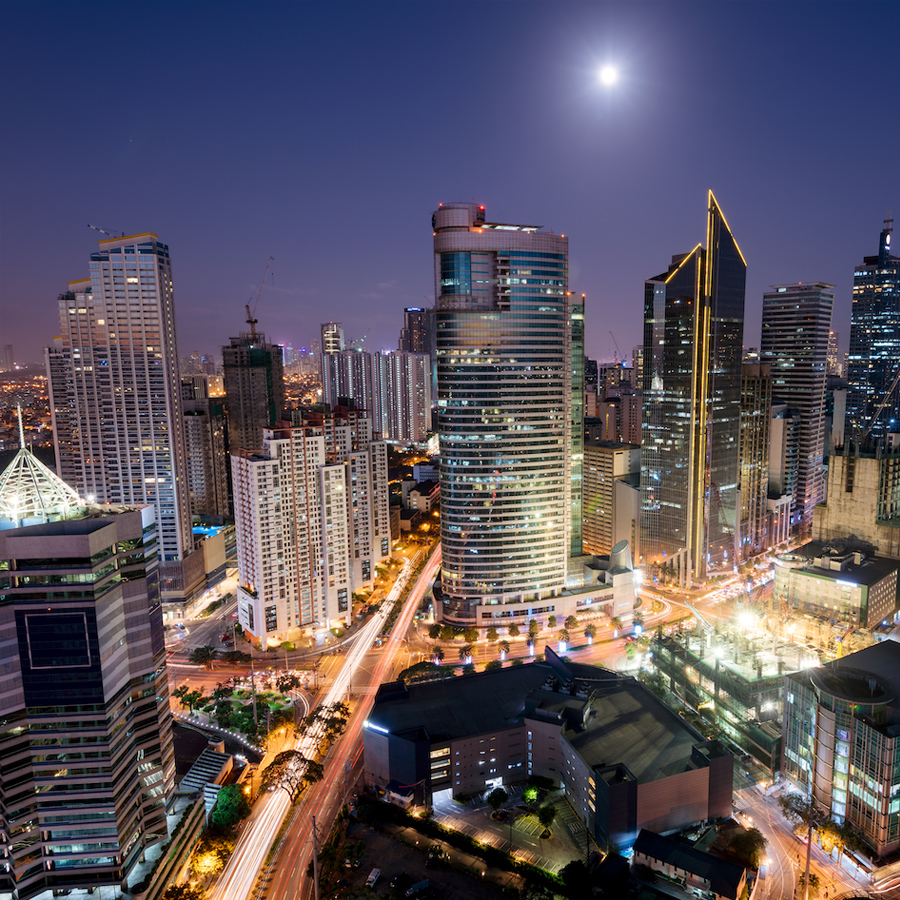
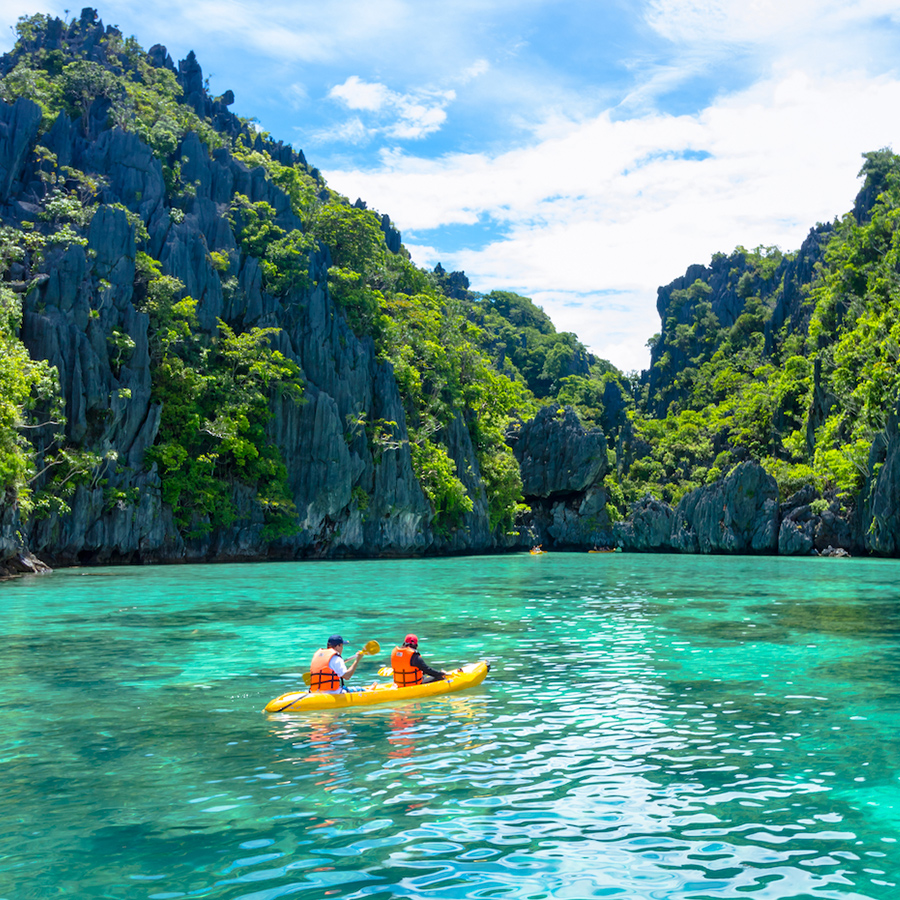
Sustainable Tourism and Climate Resilience
98% of Filipinos believe that sustainable tourism is an important issue facing their country, the highest in the region. In the same survey, 80% believe in the importance of creating a positive impact for the local population. Tourism job opportunities in Asia-Pacific will rise from 172 million to 246 million by 2033, about making up 69% of new jobs around the world, with 8% of jobs expected in major cities including Manila. The Philippines welcomed 5.45 million visitors in 2023 with visitors from the US making 16.5% of that total.
In November 2023 the World Bank approved $500 million in loans to prepare the Philippines, particularly its schools and health facilities, for disasters and climate threats. The facility sets aside $500 million that the government can draw upon during times of natural disasters and are valid for three years. The Philippines is vulnerable to multiple hazards including typhoons, landslides, floods, storm surges, droughts, volcanic eruptions and earthquakes.
Opportunities in Energy Transition
The Philippines is one of the most vulnerable countries to climate change and though it has made impressive progress in its energy transition – on track to achieve its goal of 35% by 2030 – coal is still the most dominant fuel source. Reliance on the dirtiest fossil fuel increased to 64% in 2023. Nevertheless, the country made history in 2022 when it announced the early retirement and full divestment of the 246MW South Luzon coal plant, as well as its transition to renewable energy by 2040 instead of 2055.
The country is the fourth most attractive emerging market for renewable energy due to its auctions, feed-in tariffs, net-metering schemes and tax incentives. It has awarded 3.4GW of renewable energy capacity of which 1.2 GW are scheduled for 2024 and 2.2 GW are expected by 2026. The country wants USAID assistance in identifying renewable energy zones suitable for offshore wind and floating solar technologies; USAID and the US Department of Energy’s National Renewable Energy Laboratory were instrumental in crafting the Competitive Renewable Energy Zones, launched in 2020.
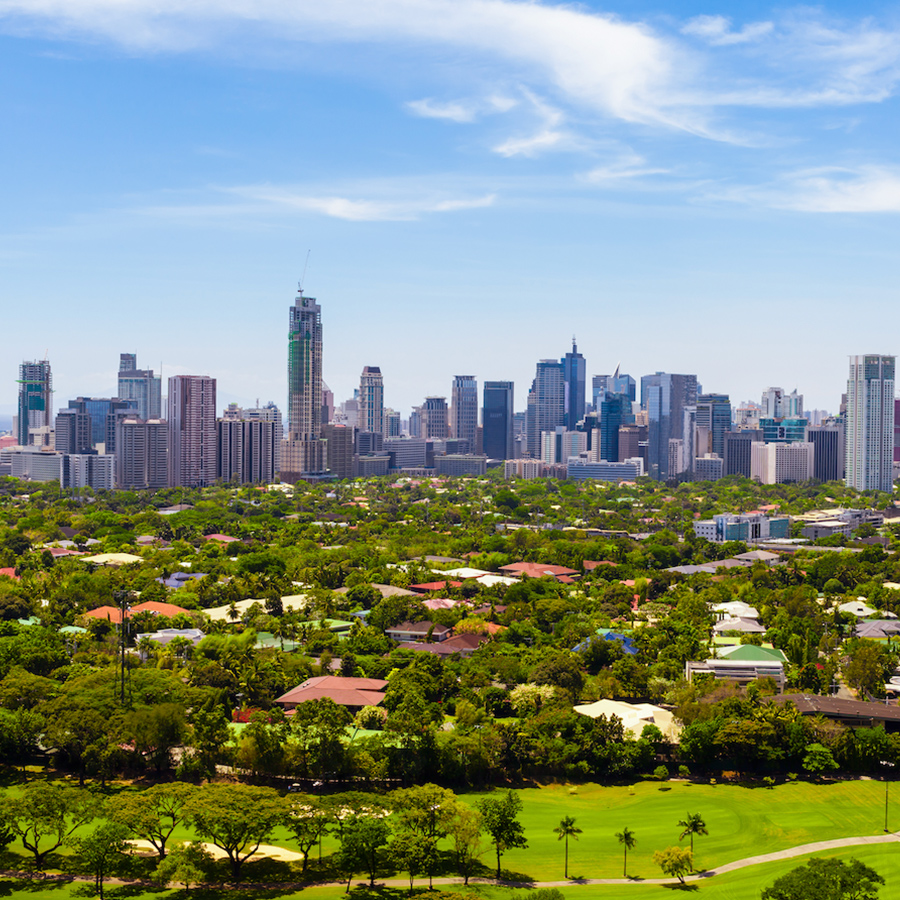
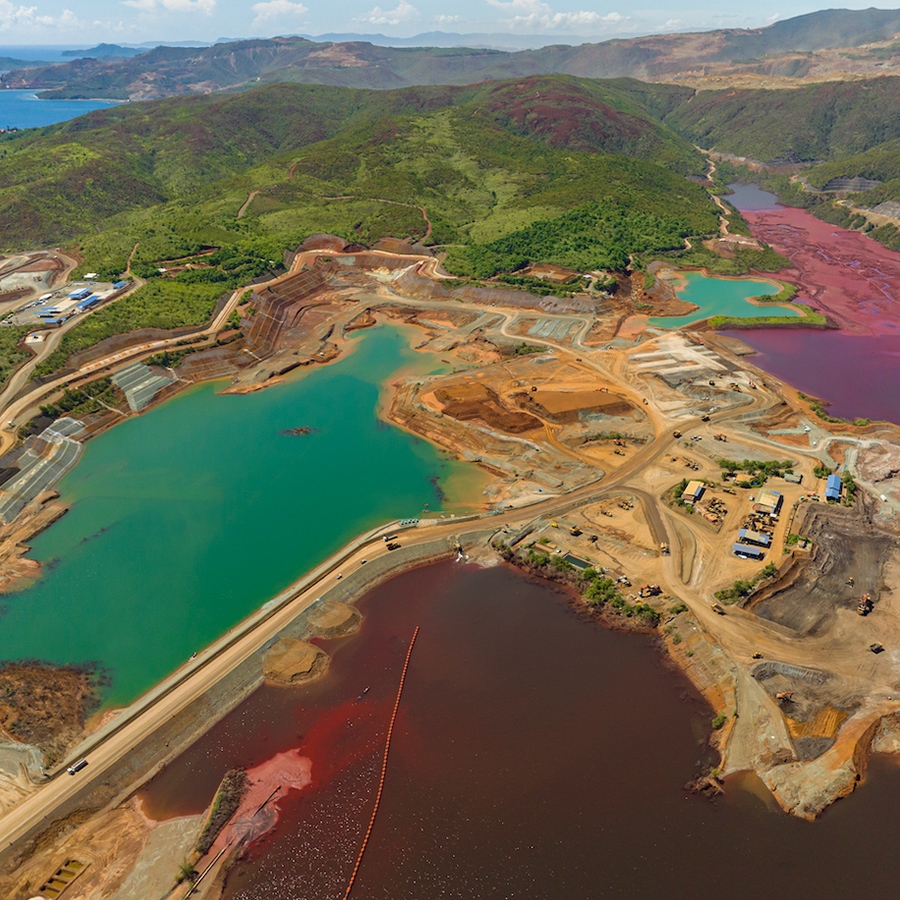
Critical Minerals
The Philippines has the world’s fourth-largest copper reserves, fifth-biggest nickel deposits and contains cobalt, all of which have important uses in clean energy technologies, from lithium-ion batteries to solar panels. For the Philippines, where mining is undeveloped and only accounts for 1% of GDP, this looks like the cusp of a boom, but two thirds of its mineral reserves lie on indigenous lands, meaning it must tread carefully to avoid causing environmental harm while mining the very materials needed for the green energy switch.
In November 2023, USAID and the US Commercial Service signed a $5 million agreement with five Philippine government entities for a technical assistance program to develop the Philippines’ critical minerals sector. The country is also eyeing up joining a critical minerals agreement between the US and Japan, noting that it could offer these countries a supply of critical minerals amid the tighter global supply. Currently, 90% of Philippine nickel goes to China.
Digital Transformation
Part of the Philippine Development Plan 2023-2028 to achieve inclusive growth includes accelerating digitalisation. As such, a $600 million loan from the World Bank will finance the digitisation of the government, expand financial inclusion through digital currencies and e-payments. Cash is currently the dominant form of payment for many transactions in the country, but the FinTech industry is the fastest growing in South East Asia.
Only 63% of Filipinos had access to the internet as of 2021, however in April 2024 Samsung hosted the first ever business expo in the country with 500 corporate leaders in attendance. The expo’s aim was making technology more accessible and reliable – 35% of Filipino waking hours are spent on mobile phones. Fujitsu has launched a Digital Innovation Hub in the Philippines, offering end-to-end IT solutions, networking, AI and data security.

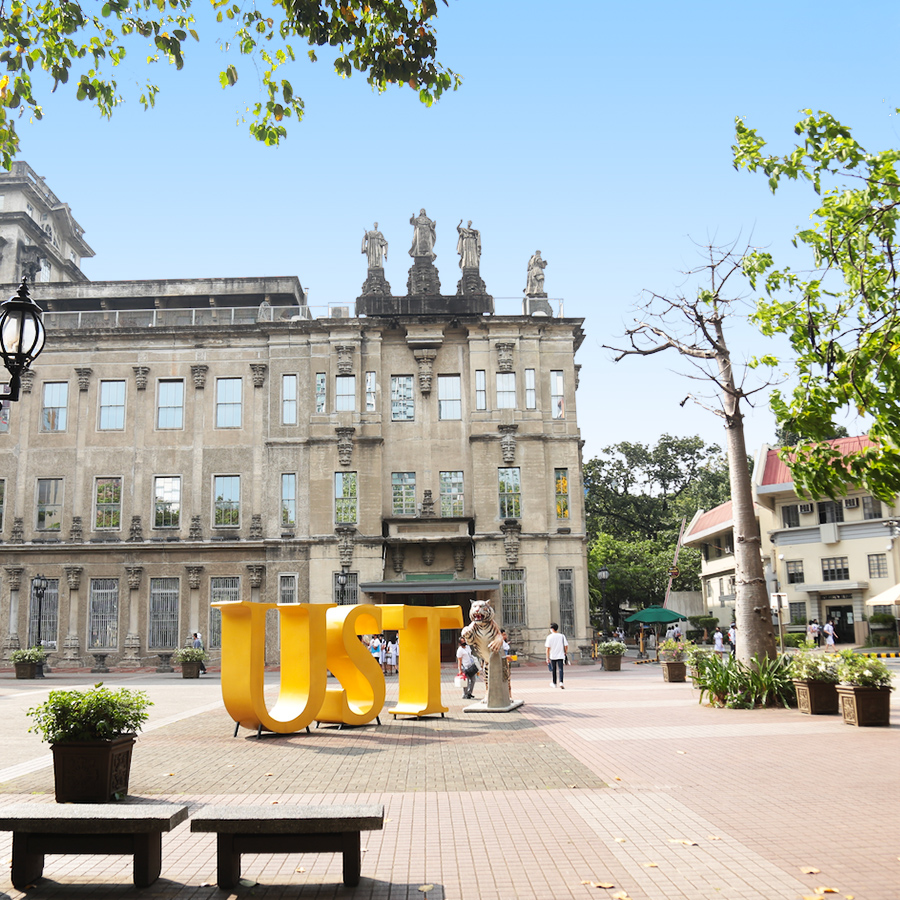
Youth and Talent Development
In September 2023, USAID and the congressional commission on education in The Philippines signed an MoU to improve the Philippine education sector. The two countries will collaborate on policy research and capacity building. It has also pledged $30 million to make Filipino university graduates globally competitive. The US-Philippines Partnership for Skills, Innovation, and Lifelong Learning (UPSKILL) Program aims to strengthen innovation, workforce development, and entrepreneurship in colleges and universities. Taking part will be a consortium of US universities, including Arizona State University, MIT and North Carolina Agricultural and Technical State University.
The US has also partnered with the Unilab Foundation on a $10.6-million program called the Advanced Manufacturing Workforce Development Alliance, which intends to open opportunities for manufacturing sector workers through apprenticeships and connects them to a network of other students and professors from educational institutions near manufacturing sites.
Building the Future
The Philippines’ National Economic and Development Authority has approved 23 projects in its list of flagship projects bringing up the total number to 185, mostly related to physical connectivity. A bypass road in Davao City is one such project, as is a 32.15km bridge connecting Bataan and Cavite provinces across Manila Bay, financed by the Asian Development Bank lending $2.1 billion. In total, about $160 billion worth of projects are underway as part of the Build Better More initiative of President Marcos. The program targets investments in infrastructure including roads, mass transportation, airports, seaports encouraging greener transport use.
The real estate market is also booming. Knight Frank ranked Manila with the fastest-growing high-end real estate market in the world in 2023 with 26.3% annual price gains in upscale real estate. Real estate is even moving internationally with Robinsons Land Corporation, a local firm, celebrating its first international office in Dubai which opened in May 2024.
